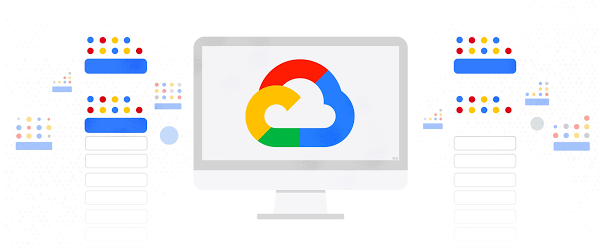
Stopping Cyberattacks on Remote Workers Starts at the Endpoint
January 21, 2021
Azure webinar series: Get Your App Up and Running with Kubernetes and KEDA
January 21, 2021We are excited to announce a broad set of new traffic serving capabilities for Cloud Run: end-to-end HTTP/2 connections, WebSockets support, and gRPC bidirectional streaming, completing the types of RPCs that are offered by gRPC. With these capabilities, you can deploy new kinds of applications to Cloud Run that were not previously supported, while taking advantage of serverless infrastructure. These features are now available in public preview for all Cloud Run locations.
Support for streaming is an important part of building responsive, high-performance applications. The initial release of Cloud Run did not support streaming, as it buffered both the request from the client and the service’s response. In October, we announced server-side streaming support, which lets you stream data from your serverless container to your clients. This allowed us to lift the prior response limit of 32 MB and support server-side streaming for gRPC. However, this still did not allow you to run WebSockets and gRPC with either client-streaming or bidirectional streaming.
WebSockets and gRPC bidirectional streaming
With the new bidirectional streaming capabilities, Cloud Run can now run applications that use WebSockets (e.g., social feeds, collaborative editing, multiplayer games) as well as the full range of gRPC bi-directional streaming APIs. With these bidirectional streaming capabilities, both the server and the client keep exchanging data over the same request. WebSockets and bidirectional RPCs allow you to build more responsive applications and APIs. This means you can now build a chat app on top of Cloud Run using a protocol like WebSockets, or design streaming APIs using gRPC.
Here’s an example of a collaborative live “whiteboard” application running as a container on Cloud Run, serving two separate WebSocket sessions on different browser windows. Note the real time updates to the canvases on both windows:



